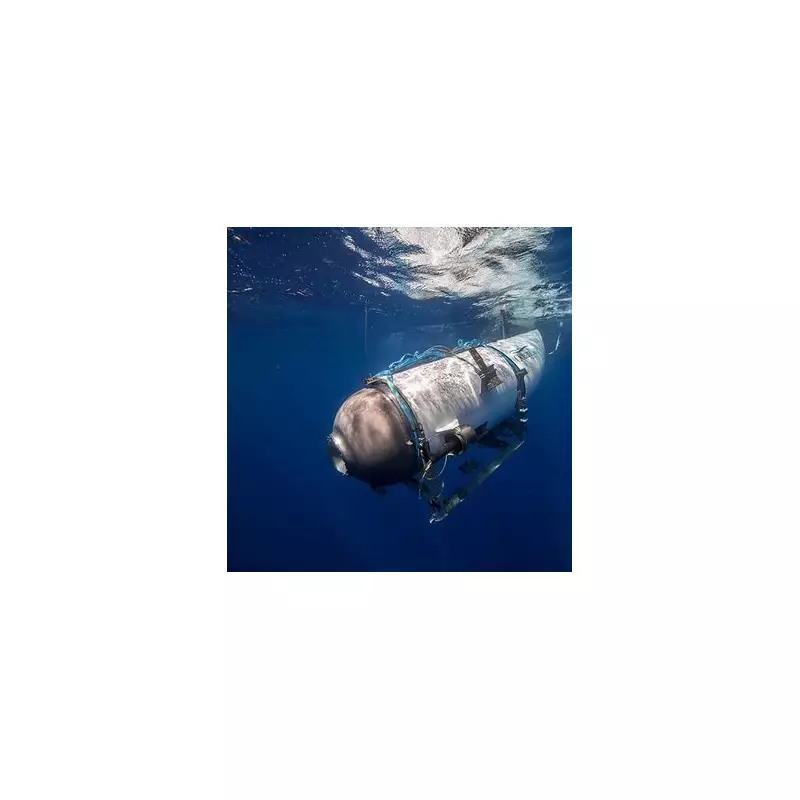
A damning official report has exposed the catastrophic failures that led to the implosion of the OceanGate Titan submersible, revealing how multiple warnings were ignored before the vessel's fatal descent to the Titanic wreck.
The Final Dive: A Tragedy Foretold
The National Transportation Safety Board's comprehensive investigation paints a chilling picture of corporate negligence and engineering arrogance. The 68-page document details how OceanGate CEO Stockton Rush repeatedly dismissed safety concerns about the experimental carbon fibre hull.
Critical Design Flaws
Investigators identified multiple fundamental problems with the Titan's construction:
- Carbon fibre hull degradation: The material showed signs of damage after just a few dives
- Inadequate monitoring: The acoustic system designed to detect hull failure was insufficient
- Experimental design: The vessel combined incompatible materials without proper testing
- Viewport rating: The forward viewport was only certified for 1,300 metres, not the Titanic's 3,800-metre depth
Ignored Warnings and Corporate Hubris
The report reveals how OceanGate executives were warned repeatedly about the submersible's safety shortcomings. Former employees and industry experts had raised concerns about the unconventional design choices, particularly the carbon fibre cylinder hull.
"The company culture prioritized innovation over safety," the report suggests, noting that Rush himself had previously stated he was "breaking rules" to make deep-sea exploration more accessible.
The Fatal Implosion
On June 18, 2023, the Titan descended toward the Titanic wreck site with five people aboard:
- Stockton Rush, OceanGate CEO
- Hamish Harding, British billionaire
- Shahzada Dawood and his son Suleman
- Paul-Henri Nargeolet, French Titanic expert
The NTSB concluded the carbon fibre hull catastrophically imploded under the immense pressure of the deep ocean, killing all occupants instantly. Debris was later found scattered across the seafloor near the Titanic wreck.
Safety Regulation Loopholes
The investigation highlights significant gaps in submersible regulation. Because the Titan operated in international waters and wasn't classed as a passenger vessel, it fell outside many standard safety requirements.
Industry experts are now calling for stricter oversight of deep-sea tourism operations, particularly those using experimental technology in extreme environments.
The tragedy serves as a stark reminder that the deep ocean remains one of Earth's most hostile environments, where cutting corners can have fatal consequences.





